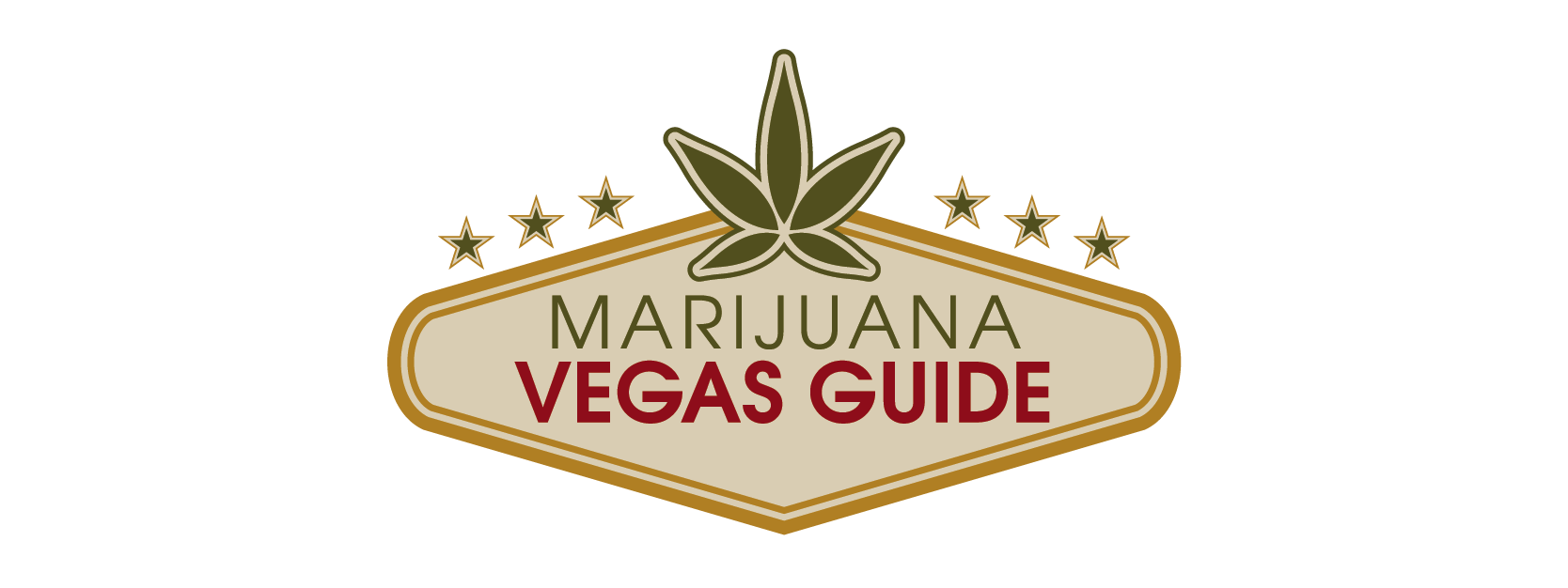Cannabis consumption lounges in 2025 continue to spark debate: the concept is compelling, but the business case depends heavily on local rules, hospitality chops, and whether operators can broaden the experience beyond simply being a place to smoke. Nevada—long touted as the U.S. testbed—offers a cautionary tale. Smoke & Mirrors, the first state-licensed lounge in Las Vegas, closed in April 2025 after just a year, citing weak turnout, high regulatory costs, and constraints such as no alcohol sales. Its closure left Planet 13’s Dazed Lounge as the sole state-licensed venue in the market. The stumble underscores how fragile unit economics can be when venues cannot stack revenue streams the way bars do.
California, meanwhile, is trending in the opposite direction. With AB 1775 taking effect January 1, 2025, lounges can now serve freshly prepared food and nonalcoholic beverages and host live entertainment. These three levers transform lounges from a single-purpose room into a hospitality product with check growth and repeat-visit potential. Early movers like West Hollywood’s members-only Sunset Social are leaning into premium amenities such as mocktails, espresso, and curated programming. The model is designed to cultivate community and predictable, subscription-like revenue.
Consumer appetite clearly exists, particularly among younger adults who are increasingly gravitating away from alcohol. Surveys highlighted in Las Vegas reporting point to Gen Z’s growing preference for cannabis at events, a tailwind for social-use venues if the experience competes with nightlife norms on vibe, service, and programming. Still, that demand must be converted within strict health and safety frameworks—ventilation standards, smoke-exposure protections for workers, and local zoning—all of which add upfront and ongoing cost.
Cost and compliance remain nontrivial. Industry estimates peg build-outs, licensing, and launch budgets in the hundreds of thousands to $1 million, and operators face detailed applications requiring background checks, floor plans, and robust ventilation systems before a single customer walks in. In markets like Colorado, rules around “hospitality establishments” further limit alcohol or fresh food service, narrowing margins unless operators craft alternative revenue through ticketed events, tastings, merchandise, or memberships.
Macro market pressure adds to the challenge. California’s legal retail sales hit a five-year low in early 2025 amid persistent illicit competition and price compression. Lounges cannot escape those headwinds, and weak retail baselines make ancillary ventures harder to finance. That said, California’s new lounge rules were designed in part to counter stagnation by letting retailers diversify into hospitality—a policy bet that experience can buoy legal channels.
So, are lounges worth the hype? In tightly constrained models—no alcohol, limited food, high compliance costs—returns look challenging, as Nevada’s early closures illustrate. But where policy enables full-fledged hospitality—chef-driven menus, beverage programs, live entertainment, memberships—and operators execute with true service-industry discipline, the thesis improves. The likely winners will be destination concepts that monetize time and community rather than relying solely on cannabis sales or cover charges. Policymakers eyeing lounges as tourism anchors should note Nevada’s shortfall and California’s early diversification: consumer demand alone is not enough without revenue flexibility and workplace protections. In short, lounges are not a silver bullet for struggling cannabis markets, but in the right regulatory sandbox with strong hospitality DNA, they can become a meaningful, if niche, growth lane.
